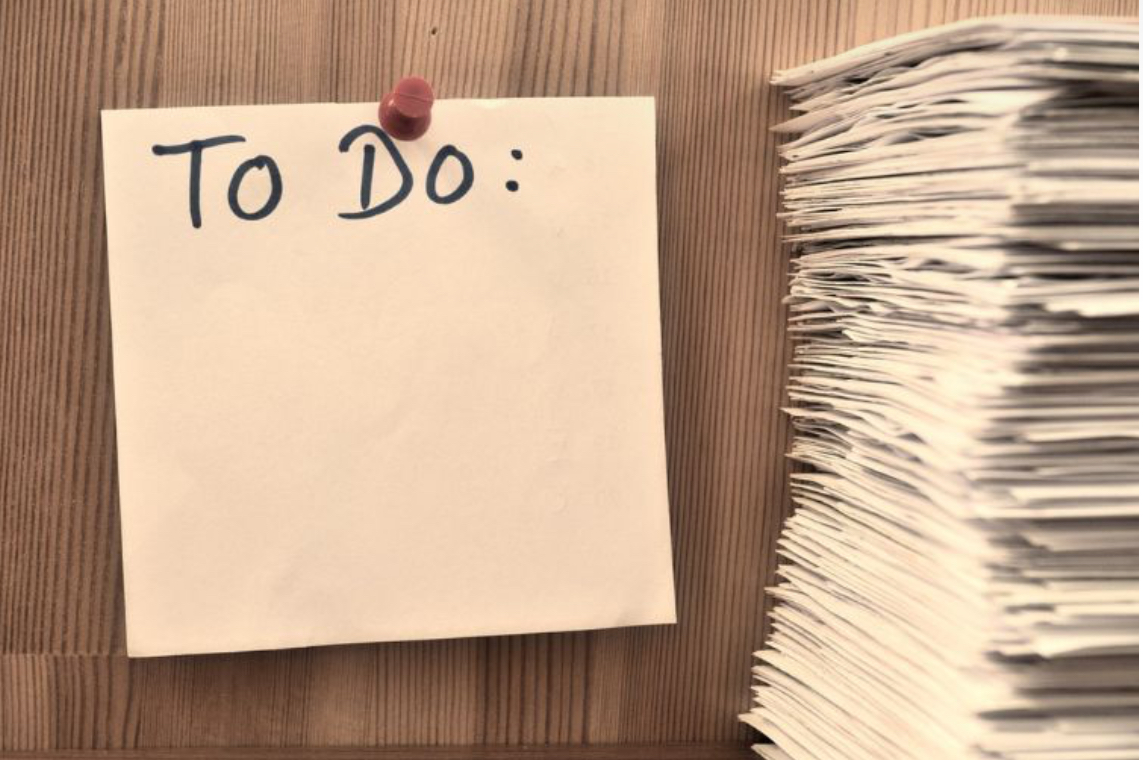One of Florida’s most notorious episodes in queer history revolves around a small, purple-covered pamphlet that shocked the state and played a crucial role in shaping LGBTQ politics and history in Florida.
In 1964, the Florida Legislative Investigation Committee, led by State Senator Charley Johns (colloquially known as “The Johns Committee”), published a 32-page purple-colored booklet titled “Homosexuality and Citizenship in Florida.” This pamphlet, quickly becoming known as the “Purple Pamphlet,” was designed to justify the committee’s crusade against homosexuals and portrayed LGBTQ individuals as moral threats to the state. It alleged that they “recruited” children, spread disease, and undermined society.
The pamphlet’s content was explicit and sensationalized, including photographs of sexual acts, a detailed glossary of crude sexual terminology (with terms such as a Chi-chi, Jam, and Zoophilia see partial glossary below), and warnings about the supposed dangers of homosexuality. Instead of educating the public, it outraged citizens and civil liberties advocates alike, who argued that it crossed the line into pornography and prompted legal threats and widespread condemnation.
The publication of the Purple Pamphlet exemplified a broader campaign of repression in Florida during the mid-20th century. The Johns Committee targeted not only university faculty and students but also public school teachers suspected of being gay. Many of these individuals lost their jobs, endured public shaming, or were forced into secrecy. These purges left deep scars in Florida’s LGBTQ+ community and serve as a stark reminder of the risks activists took to defend civil rights.
Ironically, the pamphlet’s intended audience backfired. Many gay men who received the booklet found its content more intriguing than intimidating. The glossary of sexual terms and explicit photographs, which were meant to demonize, served as rare sources of sexual information and even erotic material. In attempting to shame and intimidate LGBTQ individuals, the Johns Committee inadvertently provided them with knowledge, community connections, and a sense of visibility. This unintended consequence transformed the pamphlet into both a symbol of oppression and an unlikely resource for the very people it sought to marginalize.
Despite its notoriety, the Purple Pamphlet naturally sparked resistance. The outrage over the committee’s tactics galvanized early LGBTQ activism in Florida, paving the way for the formation of groups that would organize Pride events, fight for anti-discrimination protections, and provide essential community support. The pamphlet became a cautionary symbol, illustrating that when the state weaponizes fear and misinformation, it often strengthens the resolve of those it seeks to oppress.
As Florida and the nation grapple with LGBTQ rights, the story of the Purple Pamphlet serves as a poignant reminder of the dangers of bigotry and the unwavering courage of those who stood against it. This LGBTQ History Month, honoring these remarkable stories transcends mere celebration of progress; it becomes a crucial lesson in learning from the past to safeguard the future.
*Some Definitions from the Purple Pamphlet
Chi-Chi: an apartment or room very effeminately decorated
Jam: A normal person who understands the ways of homosexuality
Fluff: Female homosexual who is effeminate in her ways
Sea Food: Homosexuals in the Navy
Adamism: Exhibitionism in the nude
Zoophilia: Erotic sexual relationship with animals*
RELATED


